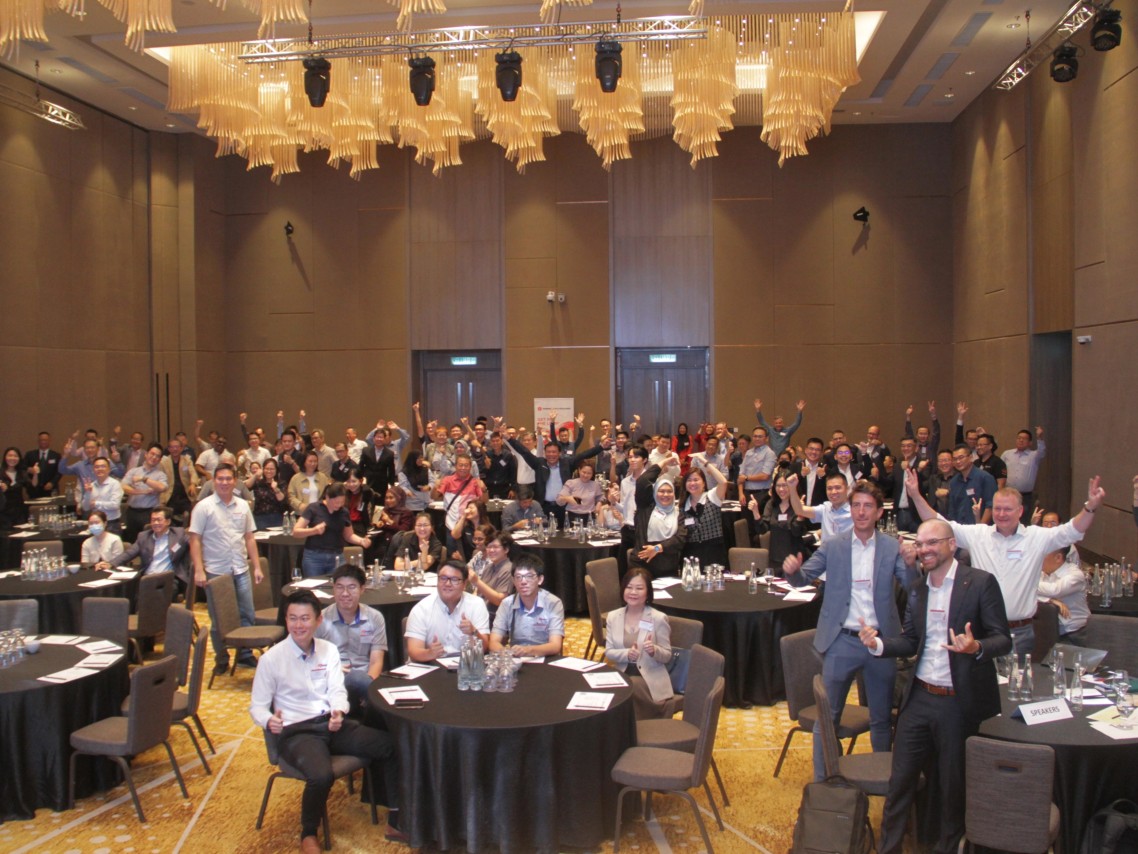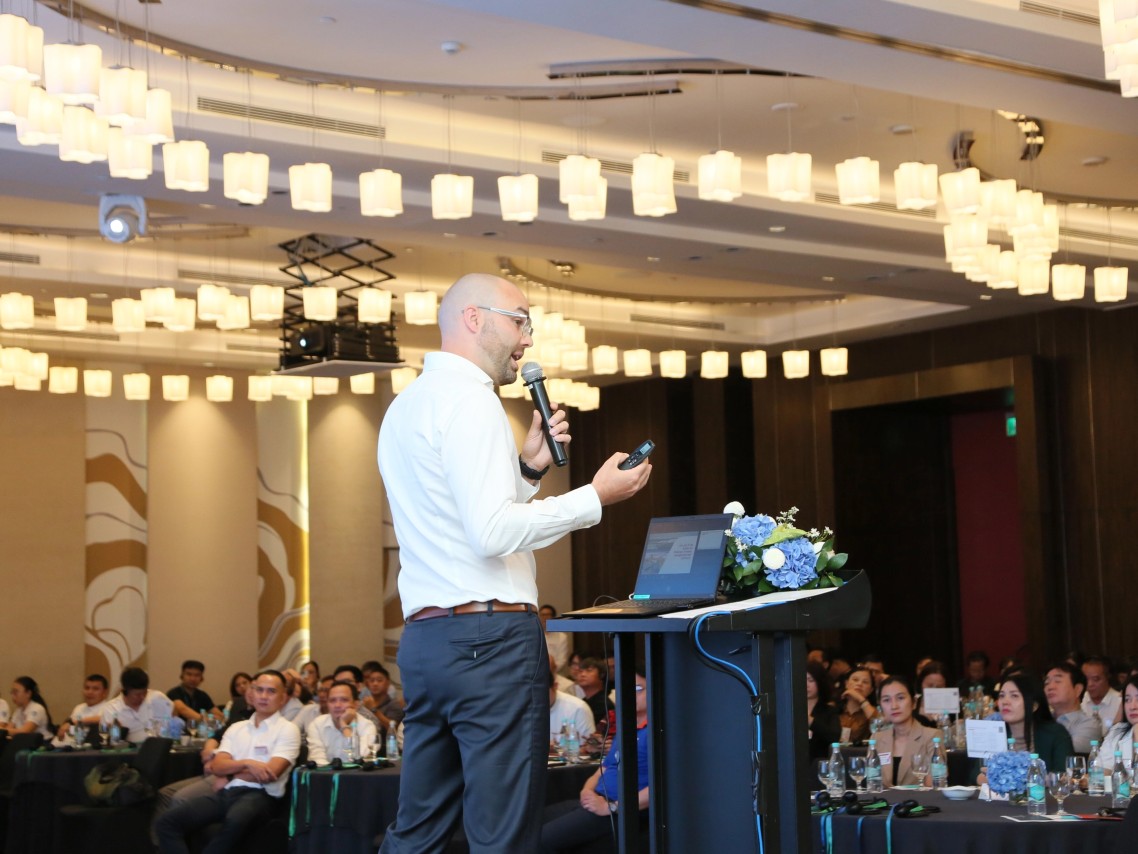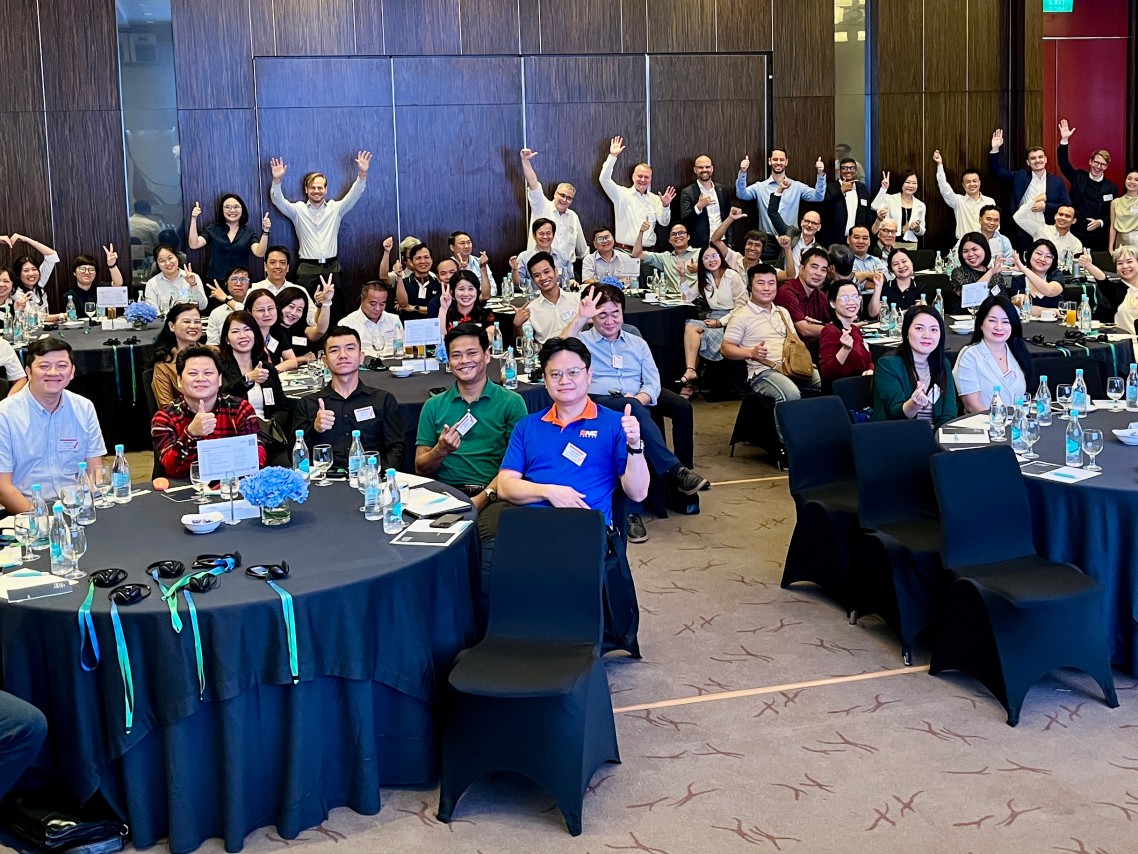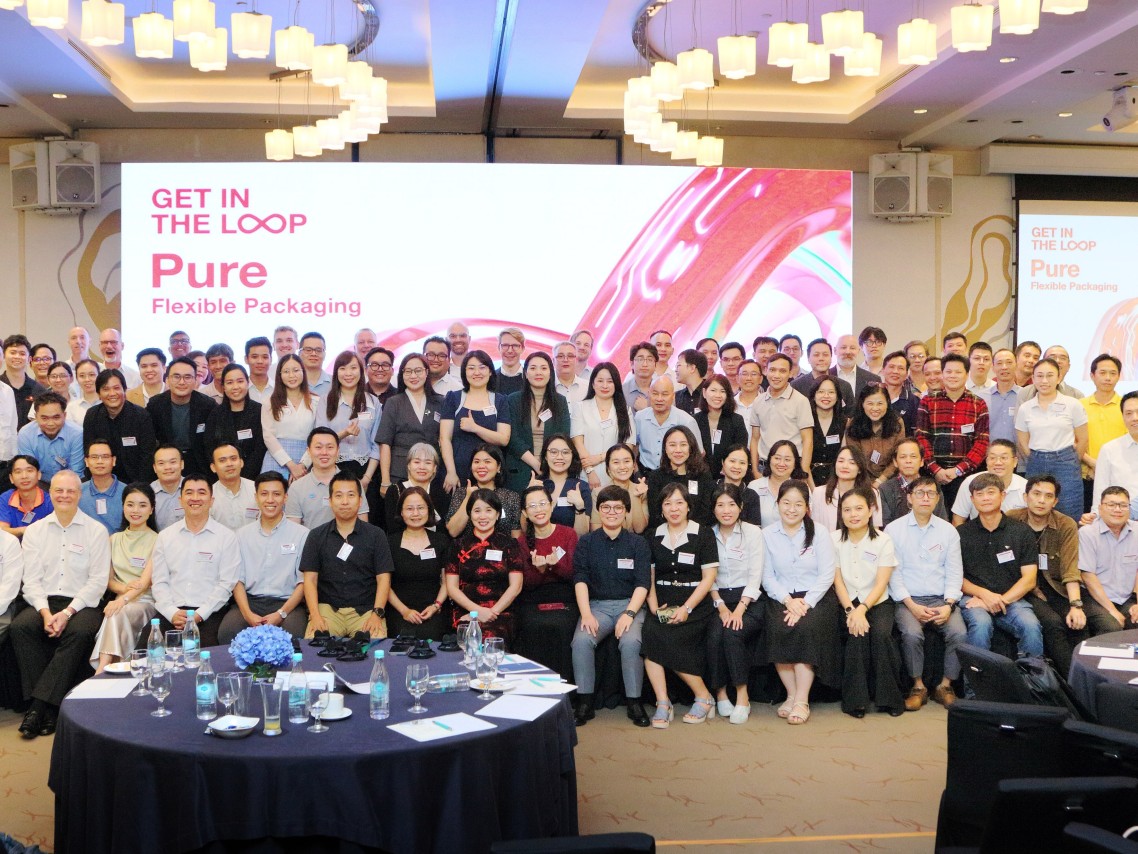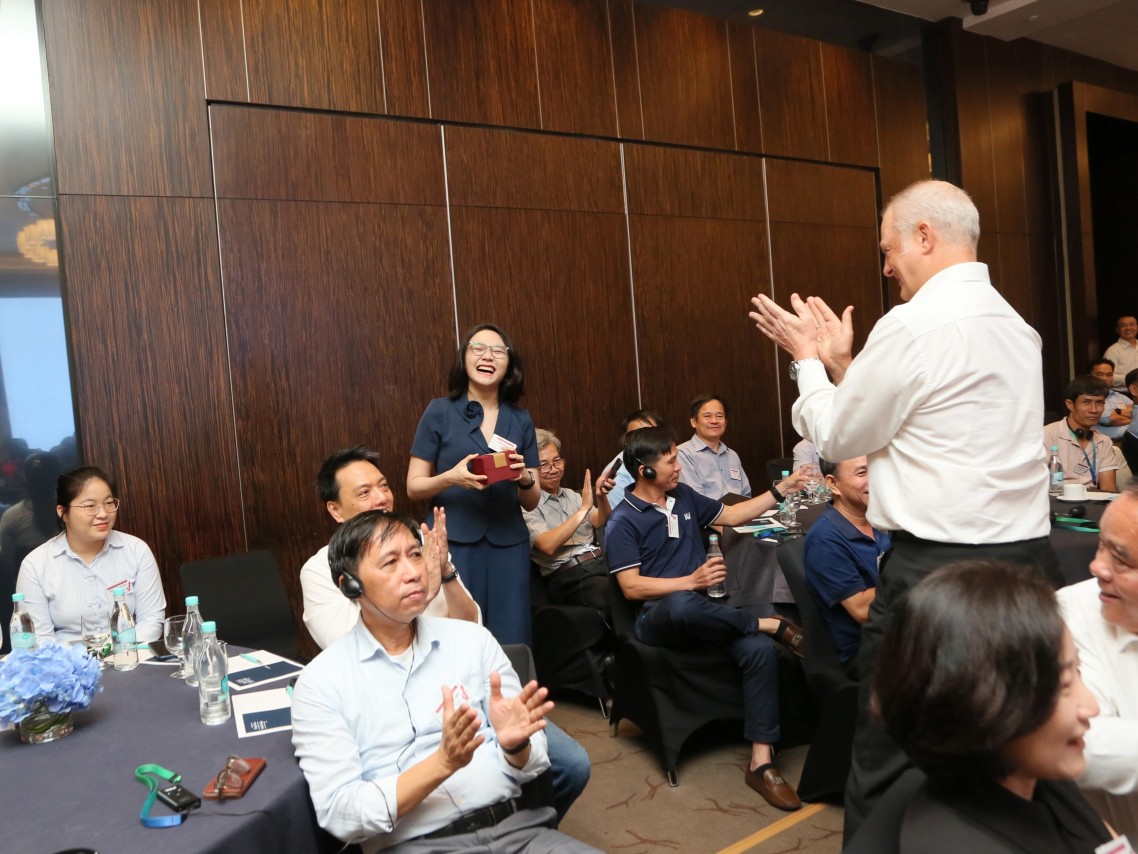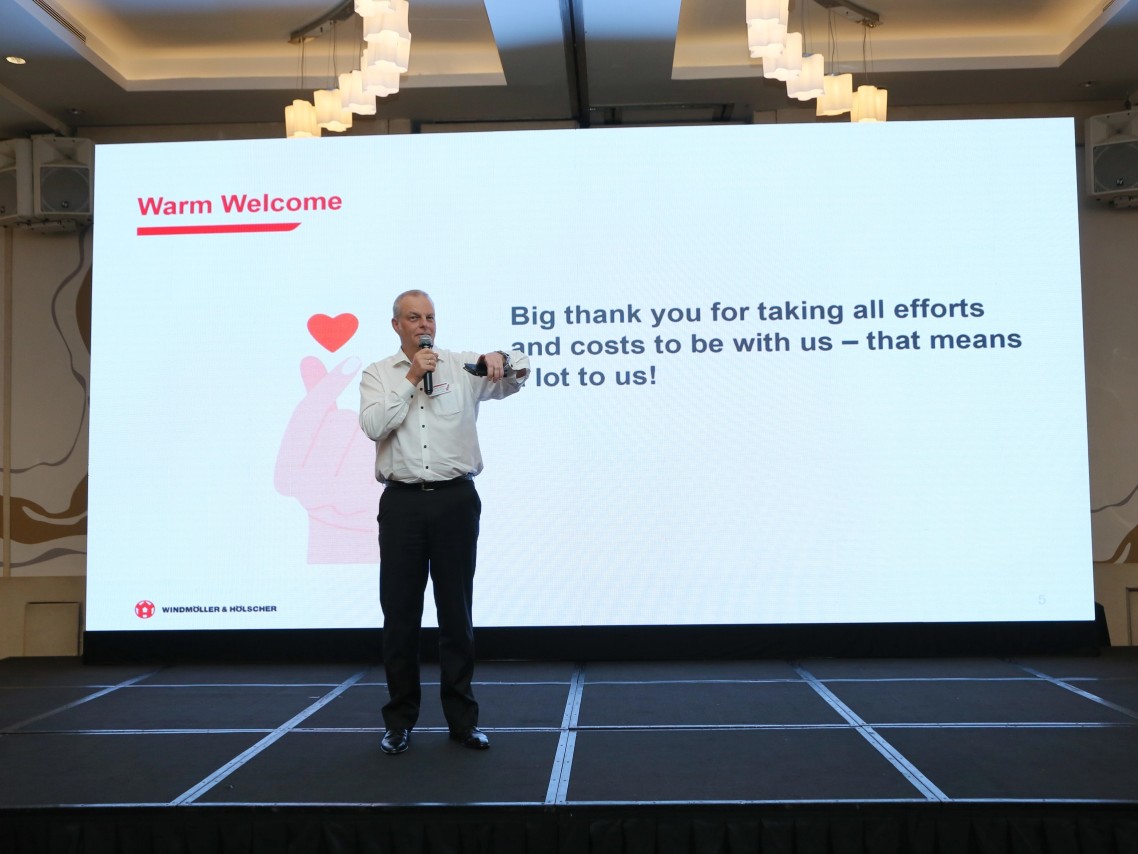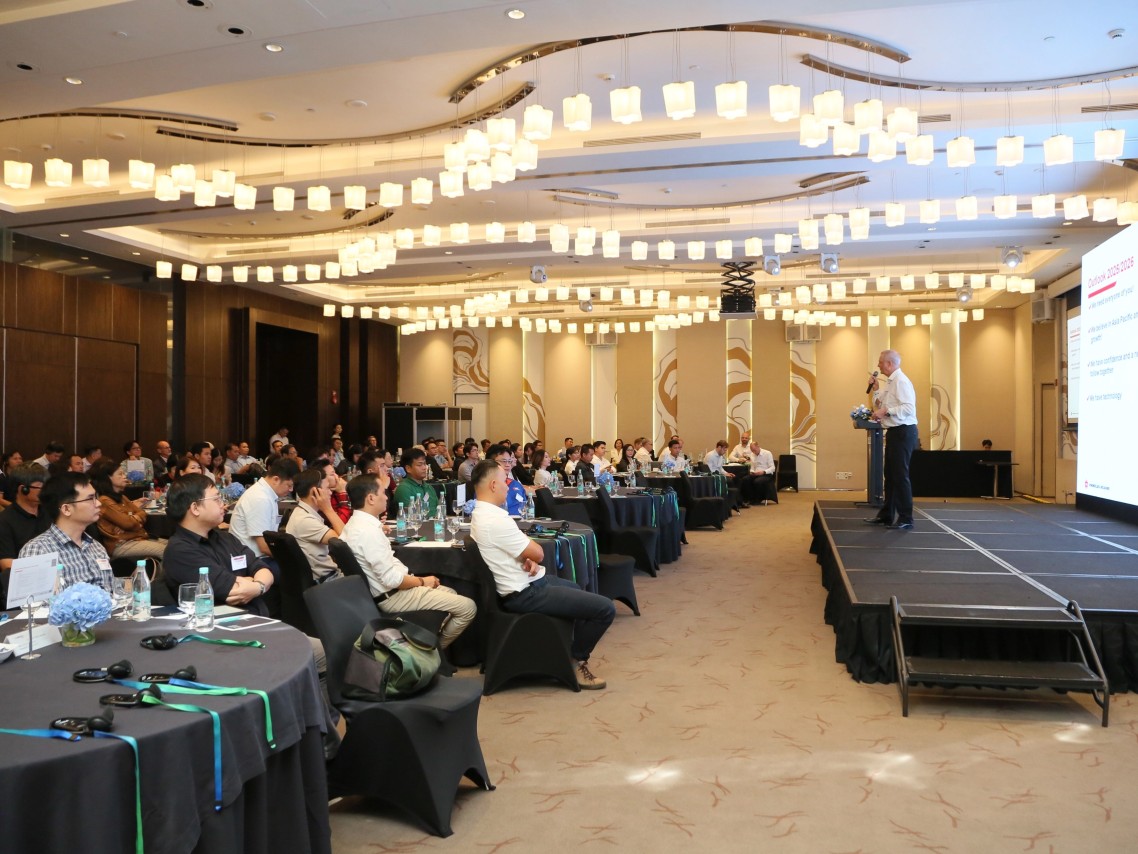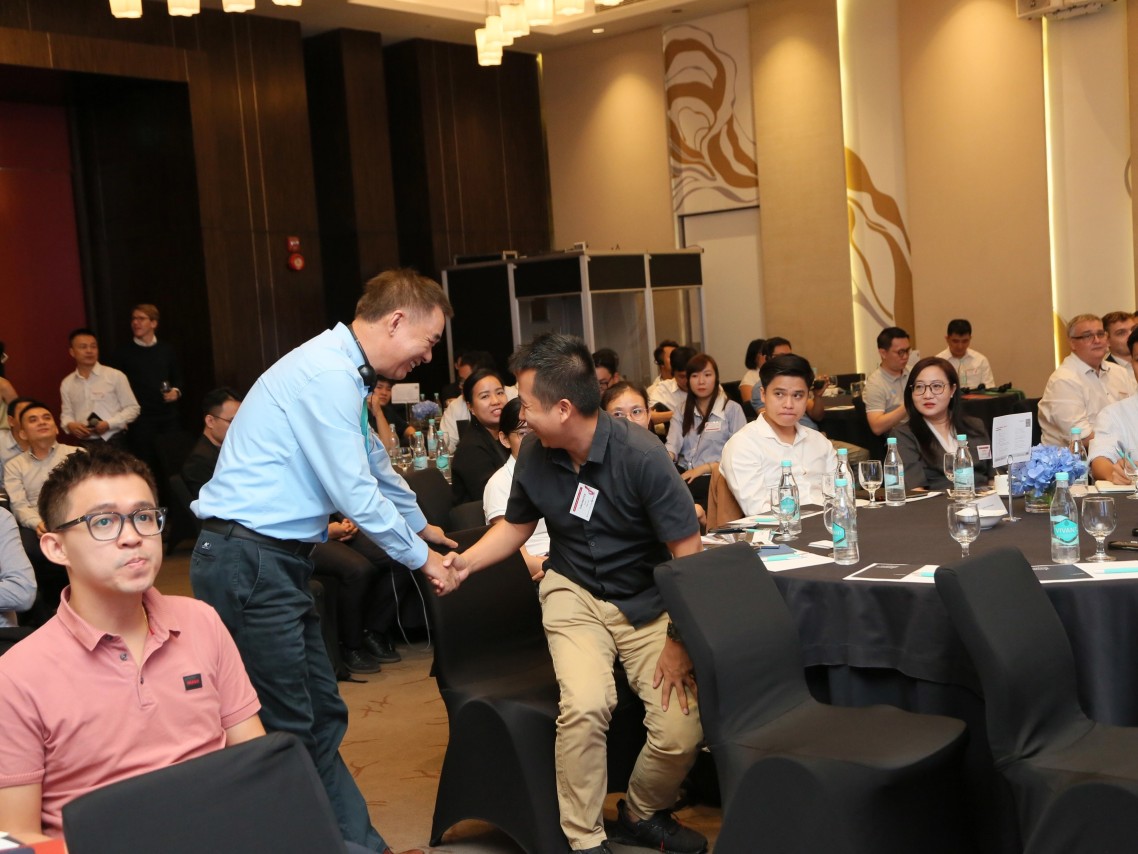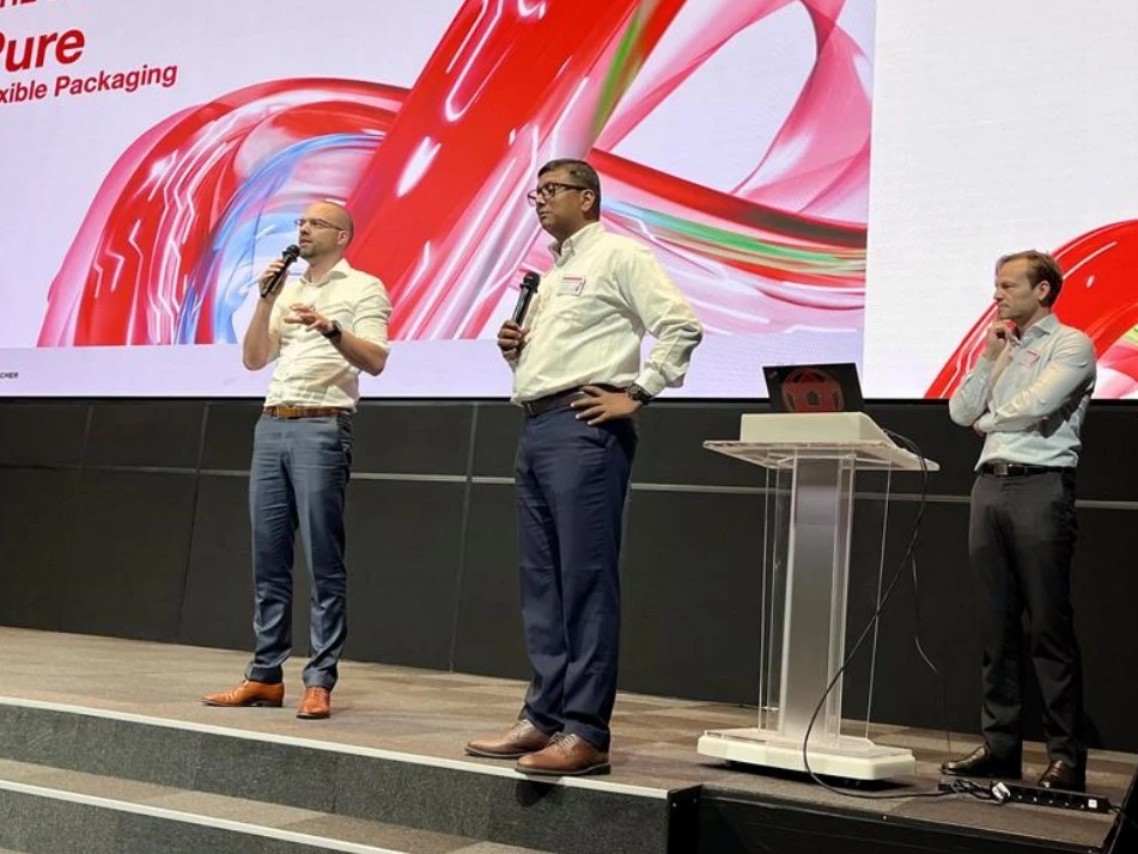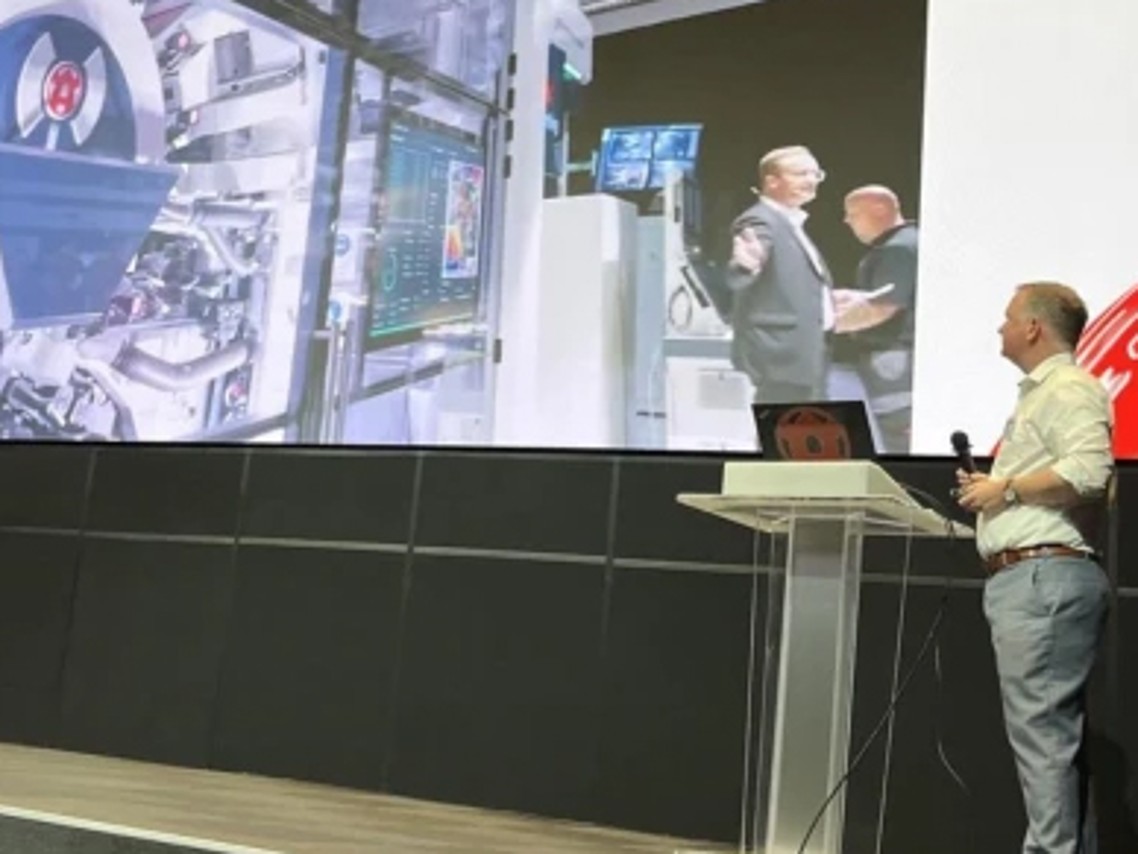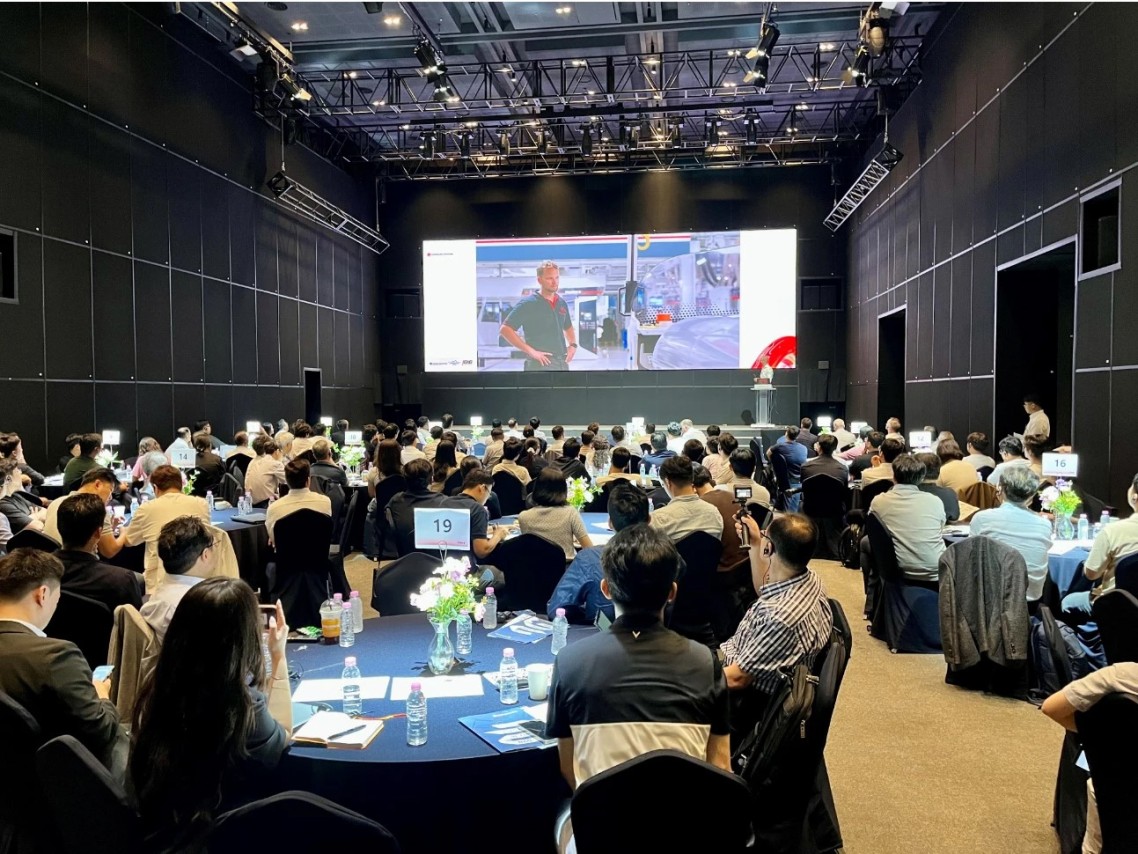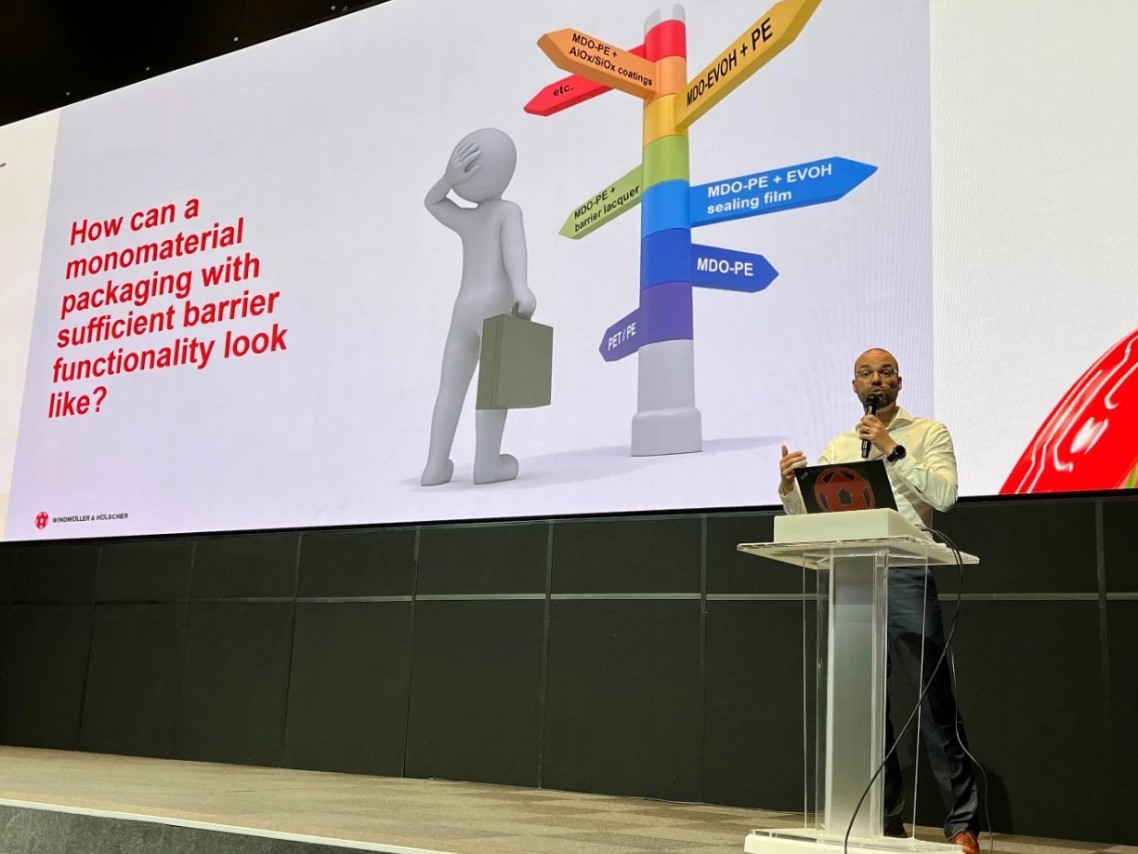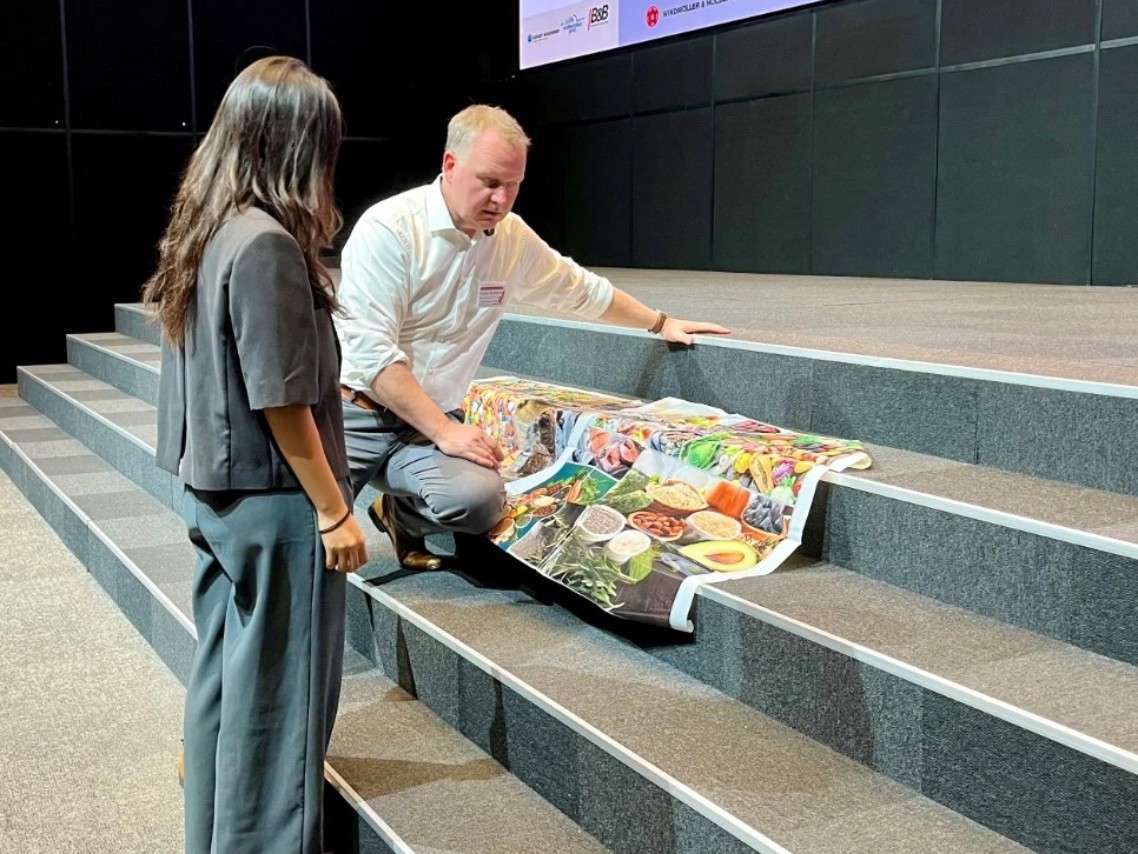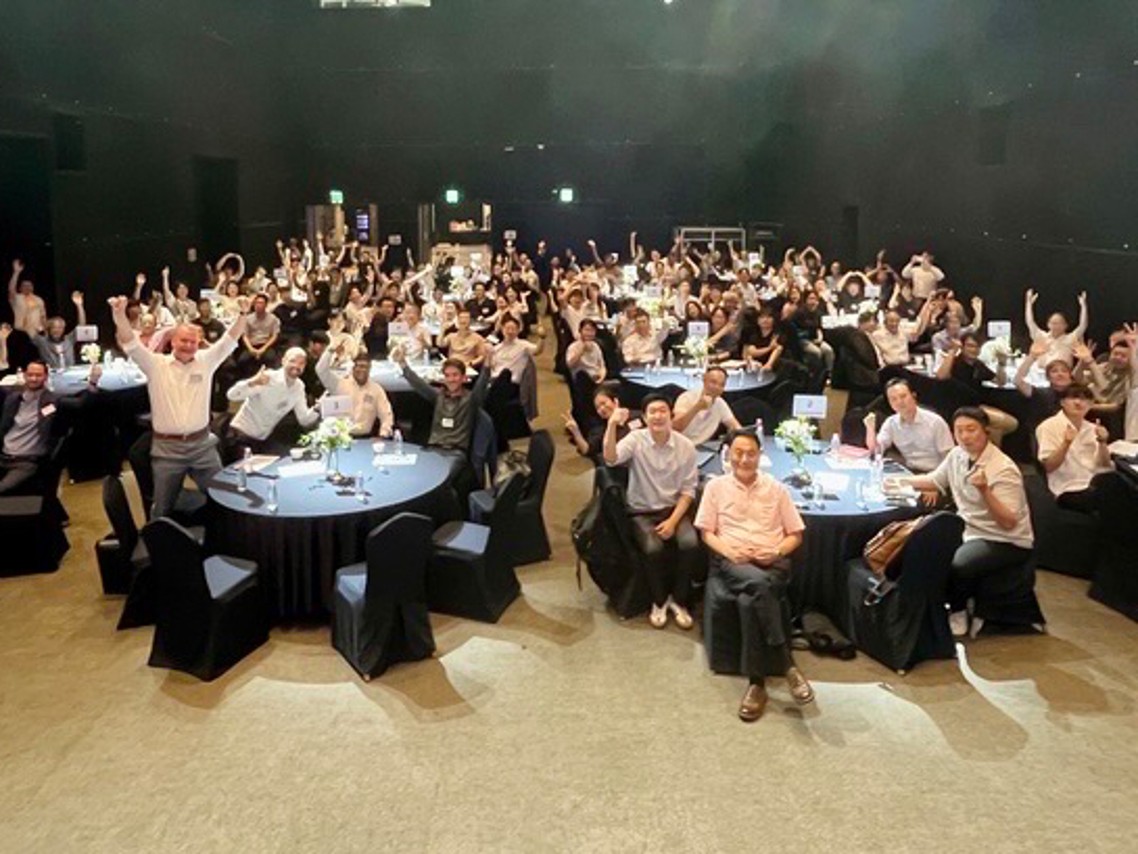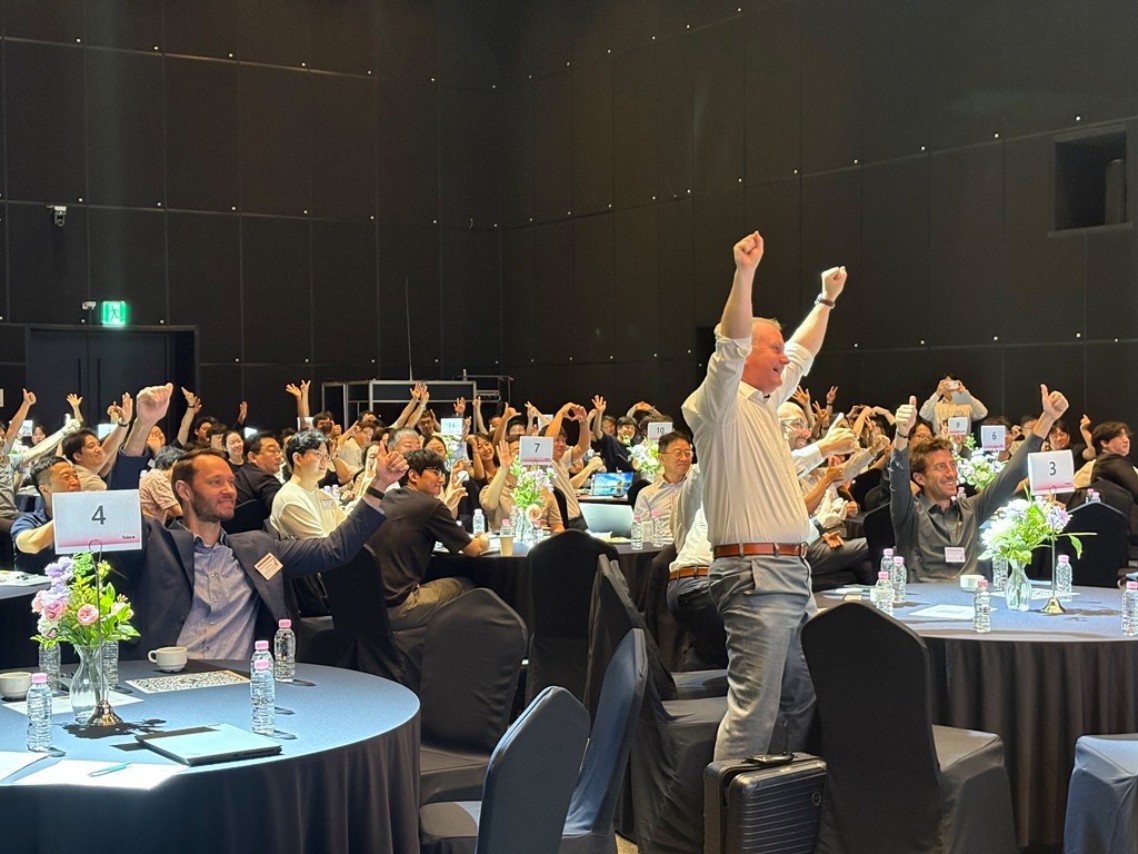Second round of PURE Flexible Packaging seminars in Asia Pacific
Windmöller & Hölscher (W&H) just finished their second round of PURE Flexible Packaging seminars in Asia Pacific. This time in Vietnam, Malaysia and South Korea. Besides the presentations about the latest trends, news and innovations for the flexible packaging industry, the events have been great venues to meet old friends and to get to know new people from the flexible packaging industry.
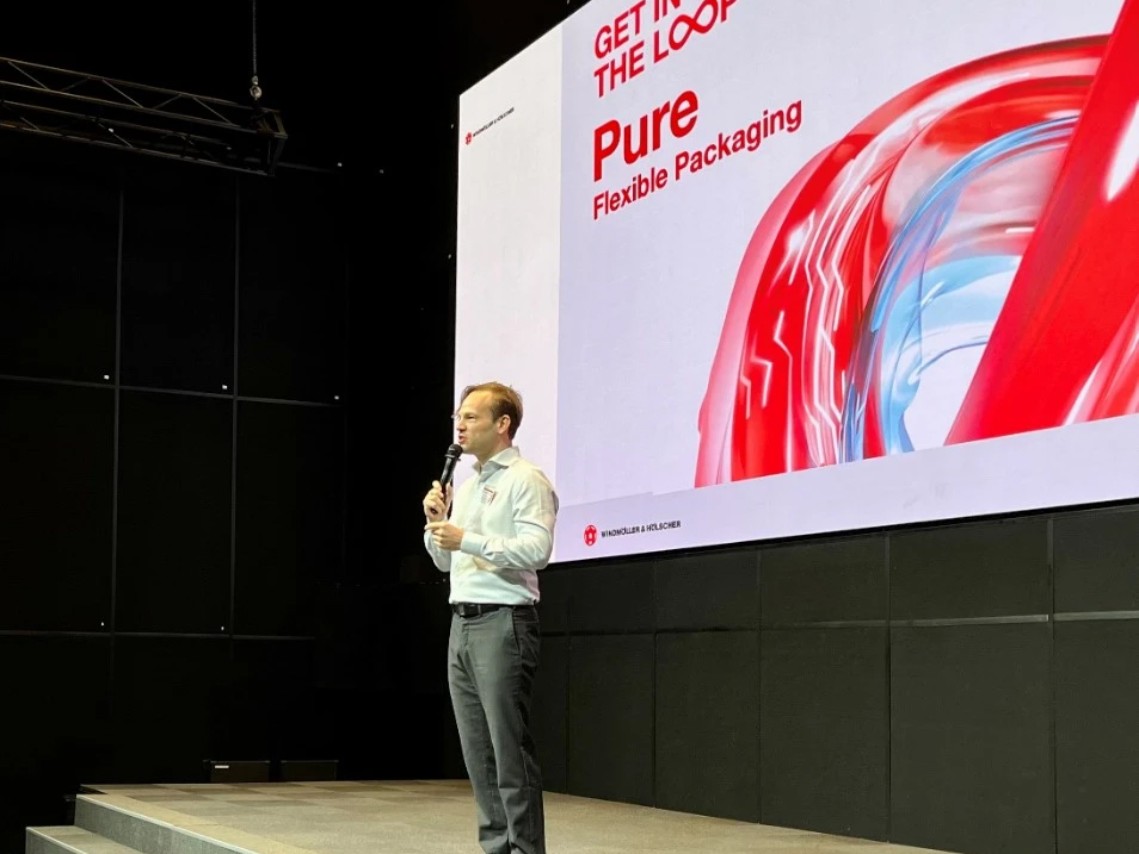
Here an overview of the topics that were presented.
First of all, despite the current economic uncertainties, the flexible packaging business remains a good business to be in. In Asia Pacific, the flexible packaging business was valued at 80.5 Bn USD and is expected to grow to 120 Bn USD in 2031. Growing at a CAGR rate of 5.2%.
The main reasons for this growth are the increasing demands for convenience and lightweight packaging. Flexible packaging uses less material, is less costly to make, has a lower carbon footprint and is easier to transport and easier to dispose of than rigid packaging. Urbanization is fast in Asia Pacific and the middle-class population is growing with changing lifestyles. This is all contributing to higher consumption of ready-to-eat meals and packaged goods, which flexible packaging can efficiently provide. Lower production costs in some countries in Asia Pacific attracts investments from global packaging companies.
Sustainability is the talk of the town today. There is a growing awareness and concern about environmental issues in Asia Pacific. Globally, about 80% of the consumers feel that environmental sustainability is important. They like the idea of being sustainable and want to live more sustainable lives. Governments, brand-owners and consumers and concerned about the environment. Making sustainable packaging that can be recycled is important. As one of the world leaders in manufacturing machines for the flexible packaging industry, W&H plays an important role in the development of sustainable packaging products.

Extrusion
Most pouches and sachets are made of PET/PE Duplex, Triplex- and other multi-layer laminates. Each layer of the laminate has different chemical characteristics. Unfortunately, when materials have different chemical characteristics, recycling is difficult. The solution is either working with mono-materials or with lamination layers that are chemically uniform within certain guidelines. One example is MDO-PE film - Machine Direction Oriented - PE film. This is a type of film that is 100% recyclable and environmentally friendly. It is made by stretching PE films in the direction it is being produced. This process improves the film's properties and makes it suitable for making pouches using PE only. This will make recycling much easier to do. W&H has tested MDO-PE film-based pouches with different types of barrier coatings and films. There is a solution for mono-material packaging for almost every type of application. From food to chemicals.
Using recycled plastics is another way to contribute to a sustainable environment. Collecting used plastics and converting these into resins (PCR / PIR) for making films is used in more and more applications. For example, bags for industrial packing and secondary packing like stretch films. W&H plays an important role in the development of the use of recycled materials and has a very large and modern technology center to test new materials, technologies and applications.
Reducing waste during the production of film at lower energy are other areas where W&H is launching solutions. For example, the TURBOSTART® function for extrusion lines reduces the hundreds of steps for the machine set-up to just seven buttons on one screen. Saving a lot of time and film waste in the process. New camera technology acts as the digital eye of the blown film operator. Enabling consistent film quality without the need of years and years of operational experience.
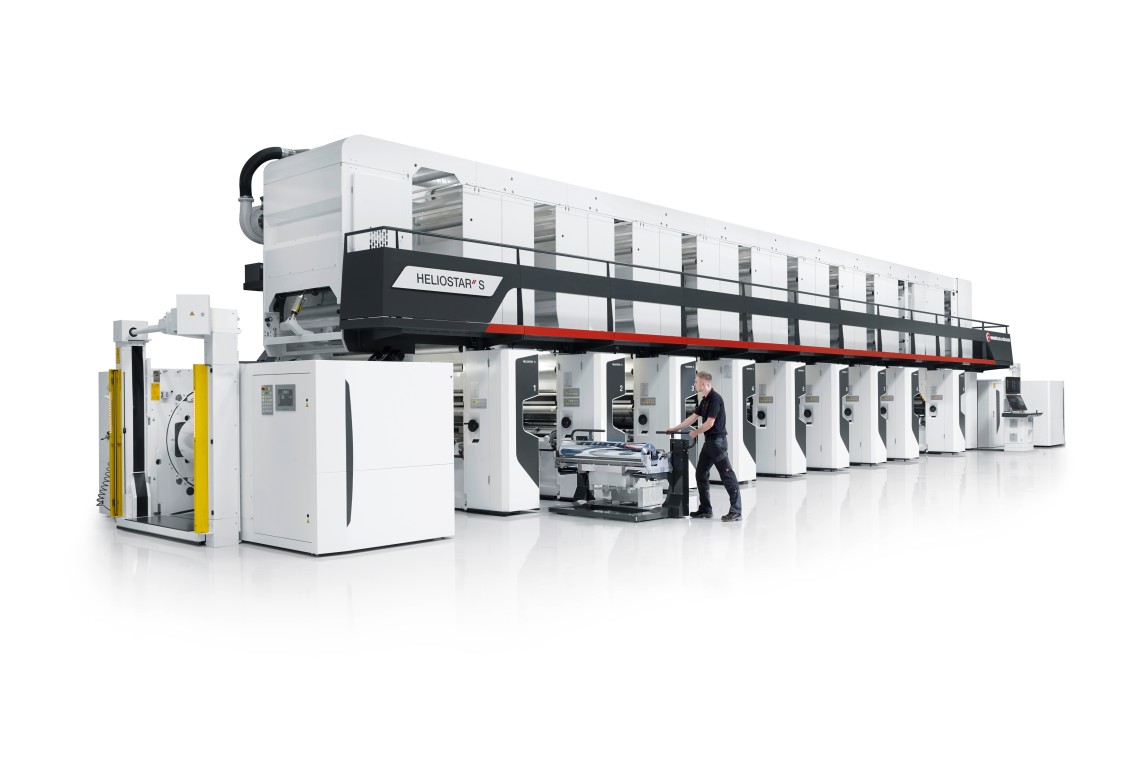
Printing
Producing recycled materials is one thing. But what about printing it? We all want to see nicely printed pouches in the supermarket. Especially the brand-owners. Making pouches with resins made of recycled materials (PCR) has some negative effects on the way the film behaves in the web printing machines. You can have issues with repeat tolerances, web shifts, web breaks and/or creases. By continuous measurement of the actual print repeat length under tension conditions and dynamic repeat length corrections during production, the W&H CI flexographic press range and the HELIOSTAR ® gravure presses ensure a perfect register. Even during ramping up and ramping down or at full production speed.
Printing barrier can replace certain barrier films. This is beneficial for recyclability. Pouches made of laminates of one material, like MDO-PE and LLDPE, with barrier coatings can have the required barrier functions for many applications. The cost of barrier coatings could be slightly higher than PET/PE barriers. But, they are easy to master and quickly to implement. No need for a primer.
Barrier coatings are not for all applications though. There is no solution that fits all applications. All solutions have advantages and disadvantages. Depending on the individual application. The experts at W&H can advise you.
One technology that has been in the spotlight for many years is digital printing . A technology that has completely taken over the commercial print world, the sign & display world and is making further inroads in label printing and even our flexible packaging world. In flexible packing the adoption has been relatively slow. Some main reasons are that we are working with many different substrates, high coverage of e.g. white ink and often with food-related packaging. A digital machine for this is quite different from the digital presses that we see in the commercial print and label print business. W&H has created the solution. A digital hybrid press that fits into our flexible packaging world.
70 years ago, W&H invented the central impression technology. This technology characterizes modern flexographic printing today. The base of W&H’s digital press is a central impression cylinder. This technology characterizes high quality flexographic printing with excellent register accuracy even with the most challenging substrates. W&H’s digital printing machine can be equipped with up to 7 inkjet printing units located above the central impression cylinder, supported by 4 flexographic printing decks for processing coatings, white or other inks, which are often used within the flexible packaging industry.
This enables printing Expanded Color Gamut mode or to print process colors with spot colors. The addition of four flexographic printing units makes it also possible to print on a wide range of substrates with substantial cost benefits. The W&H digital press can reach a maximum speed of up to 150m/min. Please stay tuned for the market launch of W&H’s digital press.

The Power of Data
Sensor technology is changing the way we manage our operations. We are seeing sensor technology everywhere around us these days. In our cars, at home, on planes, in the medical industry, etc. It is affecting our flexible packaging industry as well. The use of factual data from our machines makes our production world transparent. No need for manual input. No need for guessing. We can look at facts instead of listening to opinions when we make decisions on operation improvements. In today’s world, digital transformation isn’t just an option. It’s an essential step for staying competitive. The 5th industrial revolution (AI) is already knocking on our doors. The use of data is the foundation of future growth. The longer you wait, the more you have to catch up and the more difficult it is to implement the use of big data in your operation.
Statistics show that while 90% of companies recognize its importance, 80% are still in the early stages of implementation. Why? Perceived barriers like complexity of implementation, integration in existing set up, cost and steep learning curves often hold them back. The connectivity system of W&H – RUBY – makes the implementation easier. RUBY offers flexible, scalable solutions. Ruby enables you to start small, grow the use of connectivity and data at your own pace. Our recommendation is, don’t wait too long. This technology is growing very fast.
Converting
W&H Asia Pacific has for years a distribution agreement with the advanced bag and pouch making machine manufacturer B&B Verpackungstechnik.
In 2024, W&H Asia signed a distribution agreement for South Korea, Taiwan, Thailand and the Philippines with the market leader in lamination equipment Nordmeccanica, Italy.
Early this year, W&H Asia Pacific and the market-leading slitting machine manufacturer Kampf/Atlas signed a distribution agreement for Indonesia, Vietnam, Philippines and Thailand.
The paper-bag making machine manufacturer GARANT Machinery is a subsidiary of W&H and contributes to the sustainable packaging solutions, as only paper substrates are converted to e-commerce-, shopping- flat-and satchel- and/or SOS bags.
Further, W&H makes a series of equipment for the production of multiwall paper sacks. So, W&H Asia Pacific is very well positioned to advise you objectively on a wide range of converting solutions for the flexible packaging.
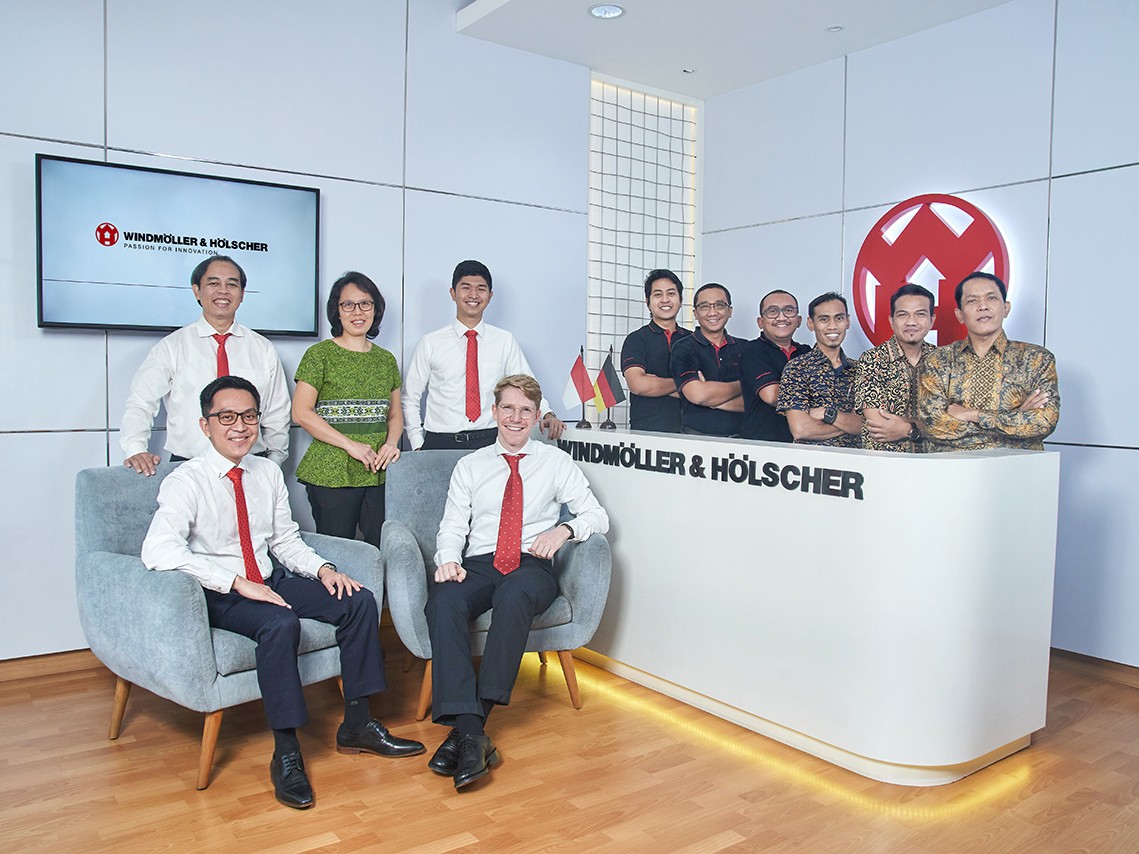
W&H Asia Pacific – a very strong service support organization
With 180 people in Asia (excluding the India region) of which 70 engineers and 40 service support staff, W&H’s Asia Pacific hub in Bangkok, Thailand has a very strong presence in Asia with 11 entities and is ready to take care of you. Not only for new equipment, but also to get more out of your existing machines. A range of upgrades and retrofits are available to boost the output, speed or performance of your existing machines. This combined with production support and a complete program of trainings.


